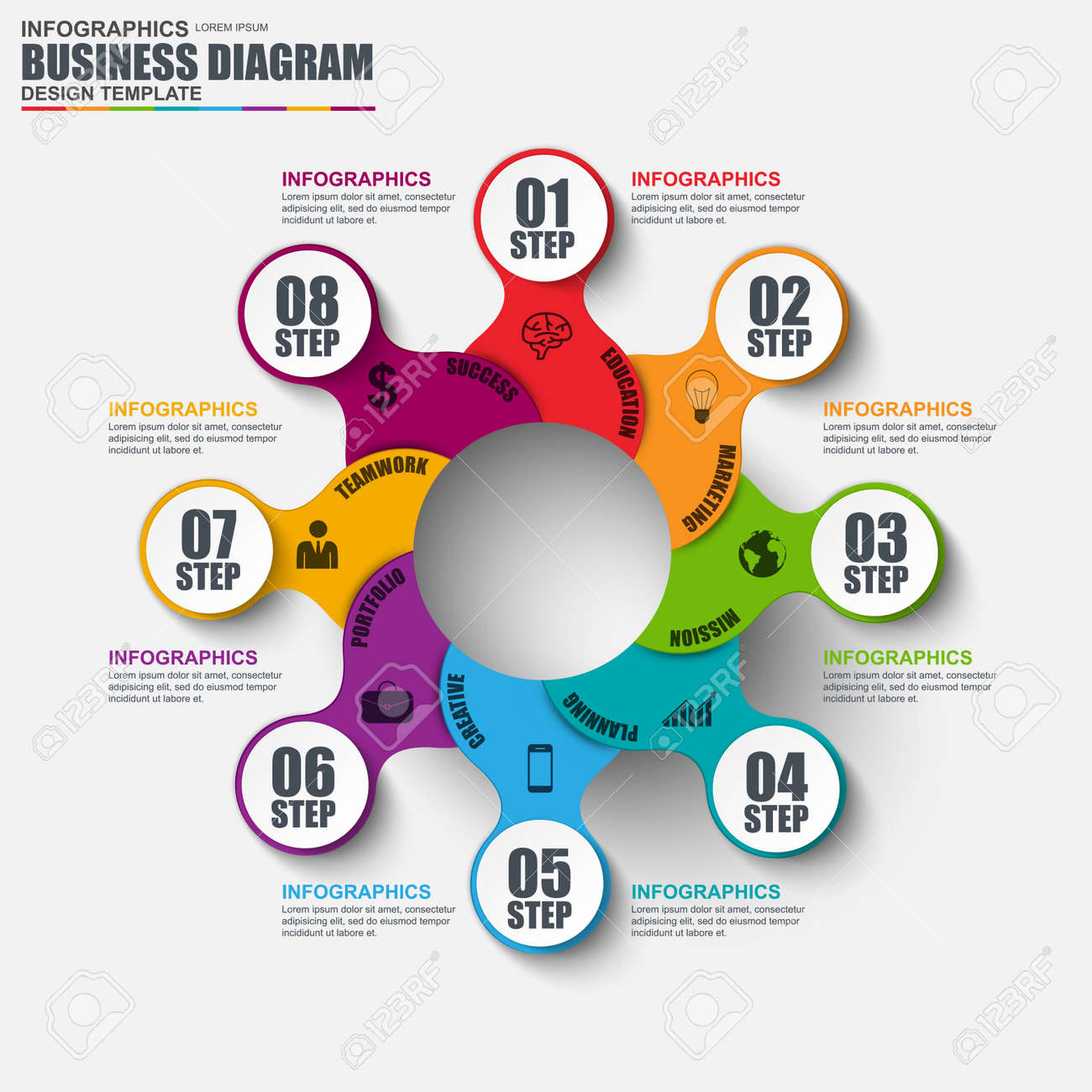Using The Power Of Visual Pecking Order In Web Site Style
Using The Power Of Visual Pecking Order In Web Site Style
Blog Article
Material Writer-Leon Schwartz
Picture a site where every component completes for your focus, leaving you really feeling overwhelmed and unsure of where to concentrate.
Now image an internet site where each aspect is thoroughly arranged, guiding your eyes easily through the page, offering a seamless individual experience.
The difference depends on the power of aesthetic power structure in site design. By strategically organizing and prioritizing elements on a web page, developers can develop a clear and user-friendly path for users to adhere to, inevitably improving engagement and driving conversions.
However exactly how precisely can you harness this power? Join us as we check out the concepts and techniques behind reliable visual pecking order, and discover how you can raise your website style to brand-new heights.
Recognizing Visual Pecking Order in Web Design
To successfully share details and overview users through a website, it's essential to recognize the idea of visual hierarchy in web design.
Aesthetic power structure describes the plan and organization of elements on a page to stress their significance and develop a clear and intuitive customer experience. By establishing a clear aesthetic power structure, you can route customers' interest to one of the most vital information or activities on the web page, improving functionality and interaction.
This can be attained via numerous style techniques, consisting of the calculated use of size, color, comparison, and positioning of elements. For local seo consultant , larger and bolder aspects commonly bring in more interest, while contrasting shades can produce aesthetic comparison and draw focus.
Principles for Effective Visual Hierarchy
Understanding the concepts for reliable visual pecking order is vital in developing an user-friendly and appealing web site design. By complying with these principles, you can make sure that your internet site effectively interacts details to customers and guides their attention to one of the most vital aspects.
navigate to this site is to utilize size and range to develop a clear visual pecking order. By making crucial elements larger and a lot more prominent, you can draw attention to them and overview individuals via the web content.
An additional principle is to use contrast properly. By using contrasting colors, fonts, and forms, you can produce visual distinction and highlight important details.
Additionally, the concept of proximity suggests that related elements should be organized together to visually attach them and make the internet site more organized and easy to browse.
Implementing Visual Hierarchy in Site Style
To carry out visual pecking order in website design, focus on crucial components by changing their size, shade, and position on the page.
By making crucial elements larger and more popular, they'll normally attract the user's interest.
Use contrasting colors to develop aesthetic comparison and emphasize crucial info. For instance, you can utilize a strong or lively shade for headings or call-to-action buttons.
Furthermore, consider the position of each aspect on the web page. Location crucial elements at the top or in the center, as users have a tendency to focus on these areas initially.
Final thought
So, there you have it. Aesthetic pecking order is like the conductor of a harmony, assisting your eyes via the internet site style with skill and style.
It's the secret sauce that makes a site pop and sizzle. Without https://techbullion.com/digital-marketing-strategies-to-maximize-your-online-presence/ , your design is simply a jumbled mess of random elements.
Yet with visual power structure, you can produce a masterpiece that gets hold of attention, interacts successfully, and leaves a lasting impression.
So go forth, my friend, and harness the power of aesthetic hierarchy in your internet site design. Your audience will thanks.
